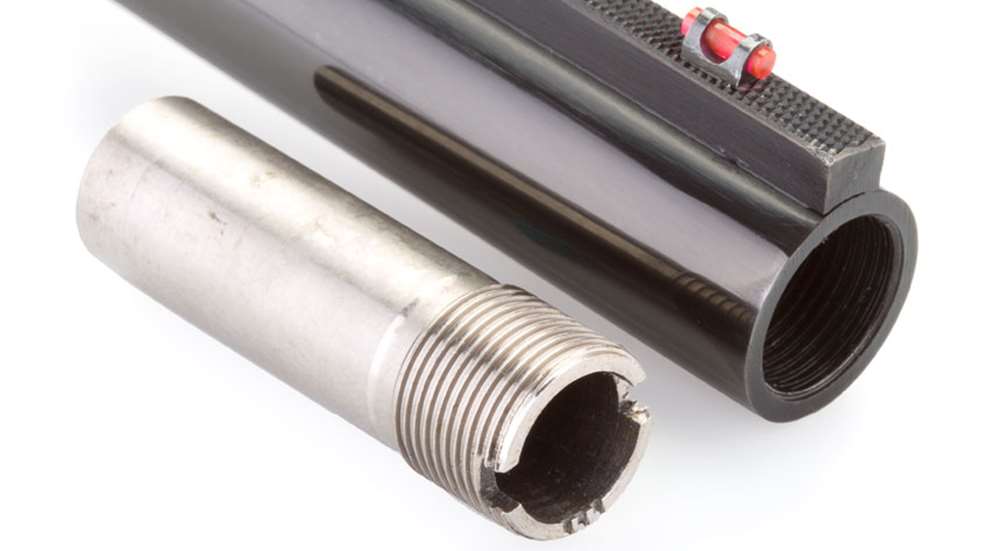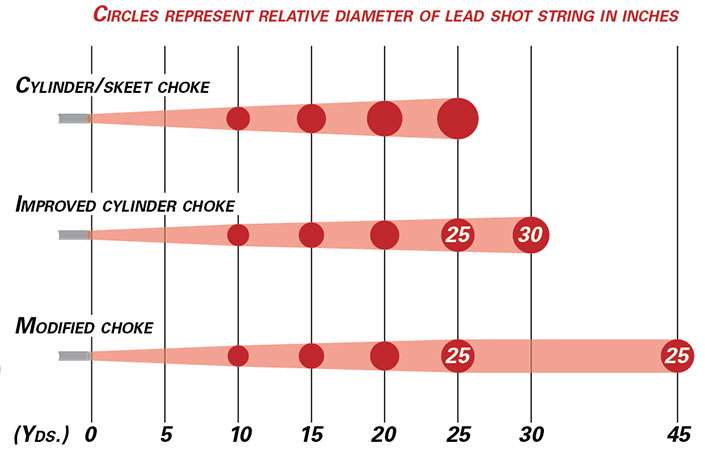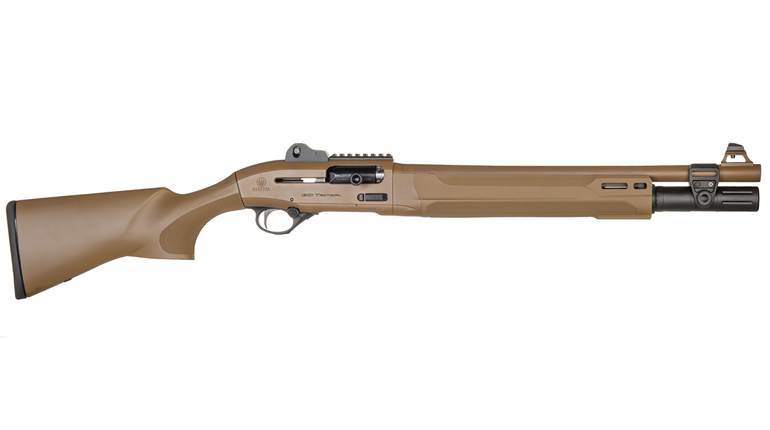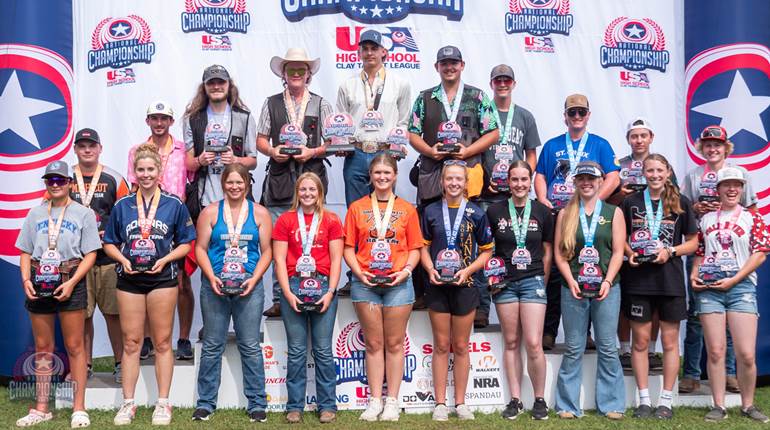
Until the 1970s most shotguns bought in the United States employed full chokes. Those shooting a shotgun with less than a 30" barrel and full choke were considered to be at a great disadvantage! The shotshells of the day were loaded with no protection of the shot column, and tight chokes were necessary to keep most of the shot in the pattern. That changed in the 1960s when more open chokes came into play with the new shot-protecting plastic cups. In 1959, the Winchester Model 59 semi-automatic came with the first Win Chokes, and soon after Stan Baker and Jess Briley began retrofitting those full-choked guns with screw-in choke tubes that are now standard equipment.
With five or more choke tubes in hand, many shooters may wonder which choke to use. An afternoon at the patterning board using your favorite ammunition will tell you volumes; however, if you don’t have time or the place, here’s some research to help you along.
Keep in mind that today’s shotshells don’t need as much choke as what granddad shot. Internationally known shooting instructor Gil Ash did some intensive pattern testing several years ago and came up with these conclusions:
• Skeet and cylinder chokes, in the 0.005" constriction range, provide a reliably dense pattern to 25 yards.
• Improved cylinder (0.010") has perfect conical expansion—the pattern is 25" at 25 yds. and 30" at 30 yds.
• The best general-purpose option, a 0.020" modified choke’s pattern is 25" at 25 yds., but stays that diameter out to 45 yds., which covers the entire spectrum of practical game-shooting ranges.

Ash did his testing with lead shot, and I repeated the experiment with steel shot and arrived at the same conclusions: For all practical purposes, a modified tube gives us the best overall coverage of pattern density.
There’s one other aspect we need to be mindful of regarding pattern performance: The shot charge has both length and width. We can’t see length or shot string without using high-speed cameras to record the shot in flight; however, without this stringing effect our flat 30" charge of shot would have to hit the bird at the precise moment their flights intersect. With shot string, we have an average of 5 to 7 ft. of length to compensate for aiming errors in front of the target; it’s no help if you miss behind!







































